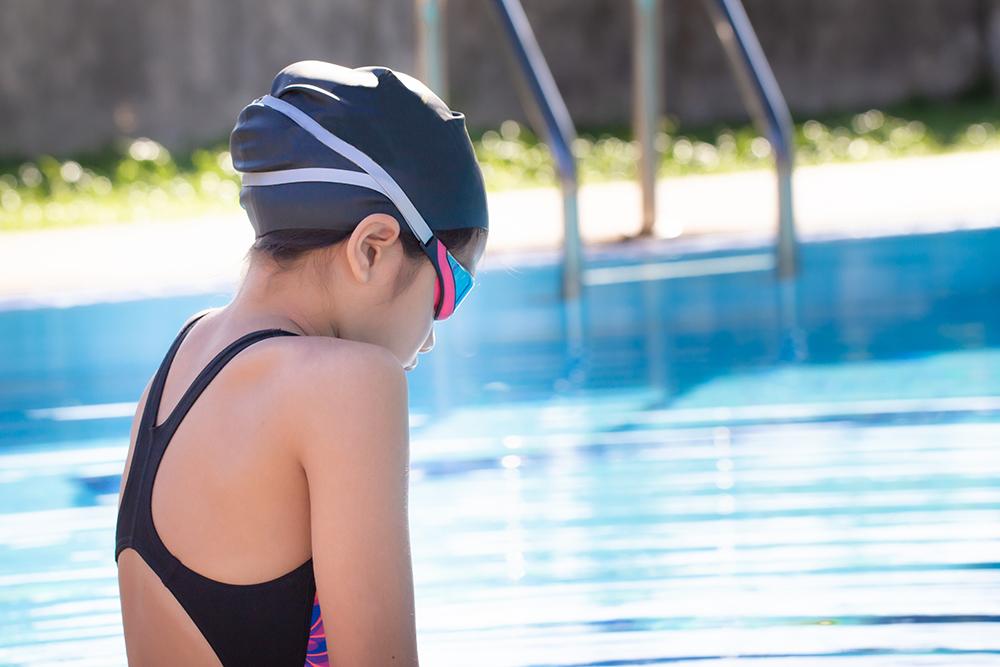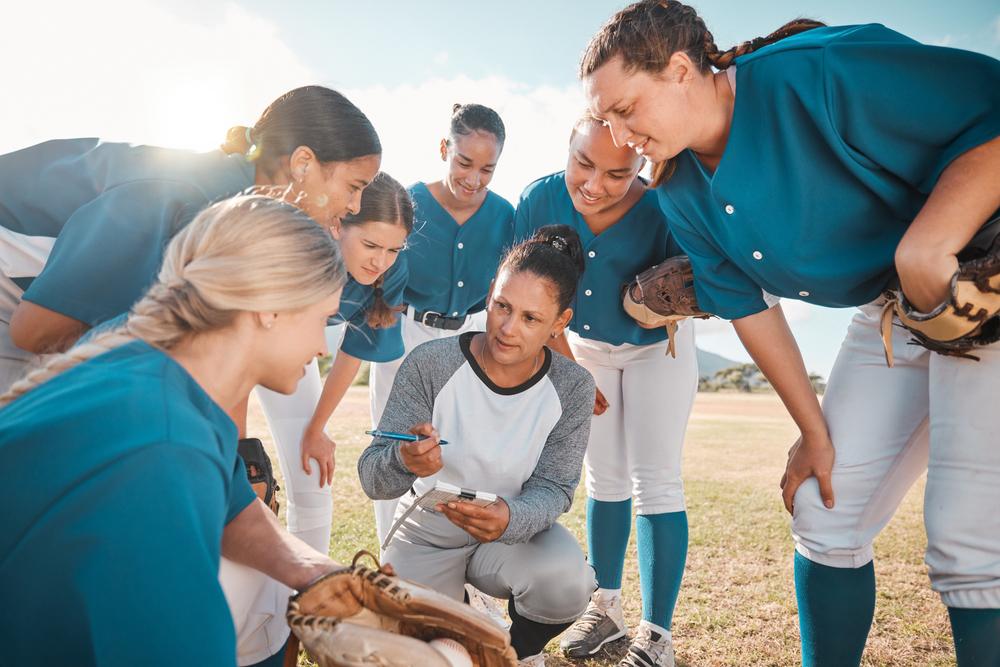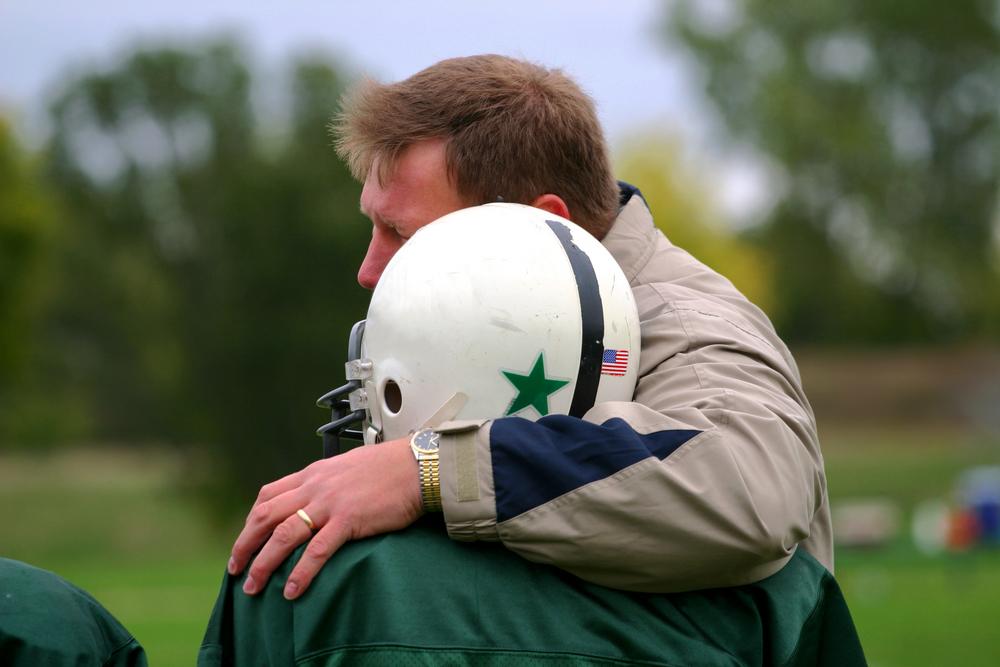 Content Warning: This article contains mentions of bullying.
Content Warning: This article contains mentions of bullying.
Every athlete will likely feel some kind of nerves during practices or in competition. Some athletes thrive under pressure and embrace the nerves, while others will crumple if not bolstered by a supportive coach and team.
Nerves aren’t inherently bad, and they can actually indicate interest in sport, but it’s important for athletes to learn how to manage anxiety for long-term mental wellness, especially since the anxiety created by sport is often similar to the social anxiety experienced outside of sport.
To help athletes control their sport anxiety, TrueSport Expert Kevin Chapman, PhD, clinical psychologist and founder of The Kentucky Center for Anxiety and Related Disorders, has some suggestions.
Sports should reduce anxiety, not cause it
Emphasizing the ‘fun’ aspect of sport is important at all ages, especially in the adolescent years. It’s easy to get caught up in the points spread or results as a coach, but that’s not the main reason sports matter for youth. Research has shown that playing sports can have positive impacts on mental health and anxiety in young people, and ultimately, it’s important to understand that for many young athletes, this will be the greatest benefit that sport will provide them. With that in mind, coaches and parents’ language and behavior should reflect that the goal of playing sport is the social and physical benefits, not the scholarships or tournament wins. For example, make your first question after a game, “What was your favorite part of the game?” rather than “What did you do wrong today?”
Teach mental strategies early and often
Coaches are often so bogged down by mandatory practices, busy competition schedules, and other demands on their time that they completely skip over the importance of teaching mental strategies to athletes. But visualization and other mental techniques have been shown to improve performance.
Start early in the season with a discussion of mental techniques and make practical recommendations, Chapman says. Walk athletes through a visualization exercise that they can do before games, have everyone download a free guided-meditation app, and have a discussion of what success looks like for this team, this year.
Avoid failure avoidance
When athletes are nervous or anxious, they often fall into a failure avoidance mentality, meaning that they begin to avoid taking risks that could end in failure. The problem with that, Chapman explains, is that while an athlete is avoiding failure, they are not going to be trying to win or to improve, they are just going to be trying to “not mess up.”
To avoid this mentality, explain early in the season that the goal for the team isn’t to win every game, or sink every shot, but to actually try new techniques, take risks, and make mistakes. Praise attempts, including the ones that fail, to create a culture where students can feel safe pushing their limits in sport.
Remembers, coaches can continue offering advice for improvement while fostering a positive outlook on failure. “Rather than saying something like, ‘Stop turning the ball over,’ a coach could try to say, ‘Focus on having better ball control,’” says Chapman. Flip your script to focus on positives rather than calling out errors.
“Punishment is meant to decrease behavior, whereas reinforcement is meant to increase behavior,” he adds. “And reinforcement is much more powerful than punishment. Therefore, the best way to get an athlete to do the right thing is to say something reinforcing.”
Anxiety isn’t always about winning and losing
According to Chapman, “The team dynamic piece is important and can cause a lot of anxiety as well. Social anxiety, fear of teammates making fun of you if you miss a shot, teammates won’t like you if you don’t act a certain way—that’s another huge contributor to anxiety in athletes. It always comes back to a fear of a negative evaluation.”
But this type of anxiety can be harder to recognize because, as the coach, you’re not in the same culture as the athletes. You aren’t privy to their texts and other communications, but you can help to create a team culture that doesn’t allow for bullying or the idea that winning is everything.
Listen to your athlete
There comes a point where the anxiety produced by a sport outweighs the benefits of playing. Chapman explains that if an athlete isn’t deriving any pleasure from playing, it may be time to consider a new sport rather than pushing through. “If an athlete is anxious before a game but always thrilled afterwards, that’s fine,” he says. “But if the anxiety never goes away, that’s a signal that there is a problem. I think that if they have a low desire, you never should push a kid to play, period.”
Takeaway
Sport anxiety is not preventable, but it should be manageable. It’s up to parents and coaches to communicate and behave in way that reduces anxiety around sport performance and reinforces the positive benefits of sport.



